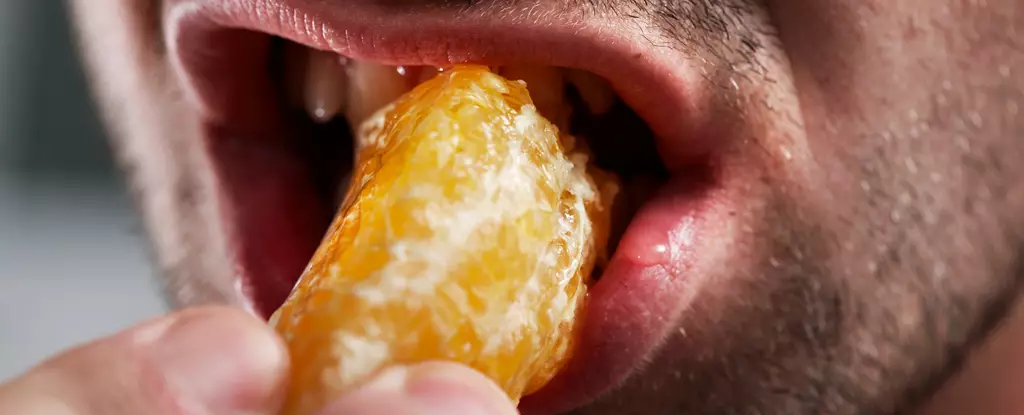Misophonia, a term increasingly gaining attention, is a unique phenomenon wherein individuals exhibit heightened emotional reactions to specific sounds. Unlike the typical discomfort many experience with unpleasant noises, such as nails scraping a chalkboard, those with misophonia can feel overwhelming irritation or even anger towards everyday sounds—think slurping, yawning, or breathing. This article delves into the recent findings on the genetic and psychological underpinnings of misophonia, its relationship with other mental health conditions, and the implications for understanding this complex auditory sensitivity.
Recent surveys indicate that misophonia may affect more individuals than previously believed, signaling a need for greater awareness and study of this auditory condition. The current understanding of misophonia’s prevalence is changing, influenced by a growing body of research that casts light on its genetic and psychological associations. As more people recognize their discomfort with particular sounds, the desire to understand and potentially treat misophonia is becoming essential.
Genetic Connections to Psychiatric Disorders
A pivotal study led by psychiatrist Dirk Smit from the University of Amsterdam examined genetic data from large databases, including the Psychiatric Genomics Consortium and UK Biobank. Intriguingly, the research revealed that individuals who reported misophonia exhibited a higher likelihood of sharing genetic markers associated with various psychiatric disorders, including anxiety, depression, and even conditions linked to tinnitus—an auditory condition characterized by a persistent ringing in the ears.
Smit’s findings suggest a complex interplay wherein the genetic risk for psychiatric issues can overlap with the susceptibility to misophonia. This connection raises fascinating possibilities: could treatment methods developed for managing PTSD—another condition with genetic ties to misophonia—be effective in alleviating the distress associated with sound sensitivities? This overlap in genetic predispositions underscores that while misophonia can provoke intense feelings of distress, it may not be exclusively linked to overt psychological disorders.
Individuals suffering from misophonia typically exhibit a range of emotional responses when triggered by specific sounds. Feelings can escalate from mild annoyance to significant distress, disrupting daily life and social interactions. Smit’s team found that those with misophonia often internalize their discomfort, manifesting traits like guilt, worry, and neuroticism. The relationship between misophonia and these personality traits poses important questions about the emotional undercurrents that govern our responses to sound—namely, whether the sound itself or the emotional reactions generated contribute more significantly to the distress experienced.
Moreover, the researchers hypothesized that the emotional turmoil caused by misophonia may stem from a conflict between the irritation elicited by sounds and the feelings of guilt that accompany those emotions. Such findings shed light on how social conditioning and internal emotional frameworks shape the responses that define misophonia.
A Surprising Link to Autism Spectrum Disorder
In an unexpected twist, Smit’s research found that individuals on the autism spectrum exhibited lower tendencies toward misophonia despite possessing a generally lower tolerance for sound. This finding indicates that misophonia and Autism Spectrum Disorder (ASD) may operate as separate entities, at least at a genomic level. The research suggests the existence of various forms of misophonia, potentially influenced by complex emotional and personality factors rather than merely from a sensitivity to sound.
This distinction is crucial as it promotes further investigation into the nuanced nature of auditory sensitivities, potentially guiding future strategies for effective coping mechanisms and therapeutic interventions tailored to individuals suffering from misophonia.
Implications for Future Research
Despite the significant insights provided by Smit and his team’s research, limitations exist, including the predominance of European data which may not reflect genetic variations in other populations. Furthermore, the reliance on self-reported data may introduce biases that skew results and understandings of misophonia.
Nevertheless, this research underscores the critical need for continued exploration into the biological mechanisms underlying misophonia. With ongoing investigations, there is hope for advancing effective treatment strategies that could address these unique auditory sensitivities and improve the quality of life for those affected.
Understanding misophonia requires a multifaceted approach, blending genetics, psychology, and individual emotional responses. Clarity in this field can lead to enhanced awareness, tailored therapeutic approaches, and ultimately a better understanding of how we interact with the sounds surrounding us.

